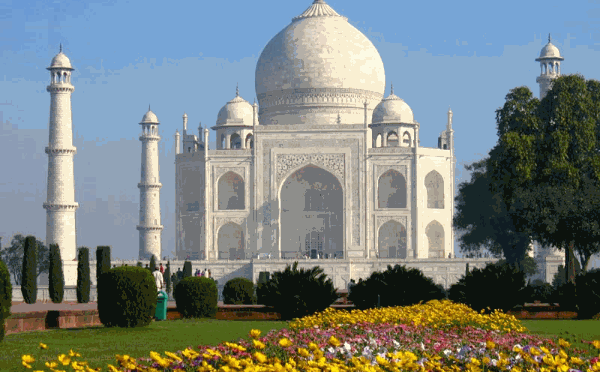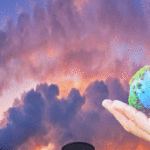Travel to India has been happening since Roman times. Some of the travelers came to trade, some to wage war, and some to proletarize. In the very old times, 326 BC to be precise Alexander came and could barely establish a toe hold, before a mutiny by his troops faced him to retrace his steps.
The Muslims started coming to India probably in late 8th century AD, and by the fourteenth century were pretty well entrenched. The Europeans who first came as traders in the 17th century, ruled the roost till they were ousted in 1947.
Since then India has largely seen peaceful tourist arrivals from the West of the largely backpacking variety who go ga ga over its great locations-the Himalayas, the coastal state of Kerala, the desert cities of Rajasthan, the ancient temples and old monuments and the low cost of food and lodging. The last part has perfect synergy with the kind o shoe string budgets they travel on.
The last four or five years, which have seen India emerge as an economic powerhouse has seen all the majpr corporates of the world touch down on its shores hoping to get a pie of its immense middle classes who now aspire to all the consumer goodies that the West has to offer. Today India can boast of its only Formula 1 race track and one of the richest sporting leagues in the world, the IPL or the Indian Premier League of cricket.
No doubt India will witness many more changes in the times ahead, and people will keep on visiting. For one reason or the other. That is the reason that India has one of the most eclectic societies in the world. For not everybody who came as visitor went back. Many stayed back and added their own unique strand to India’s many hued social fabric. You will consequently find myriad communities, every major religion of the world and over a score langauges seamlessly co existi in this country.
This process of course will go on forever, with India always beckoning, and always extending a warm welcome to whoever wants to visit or stay on.


